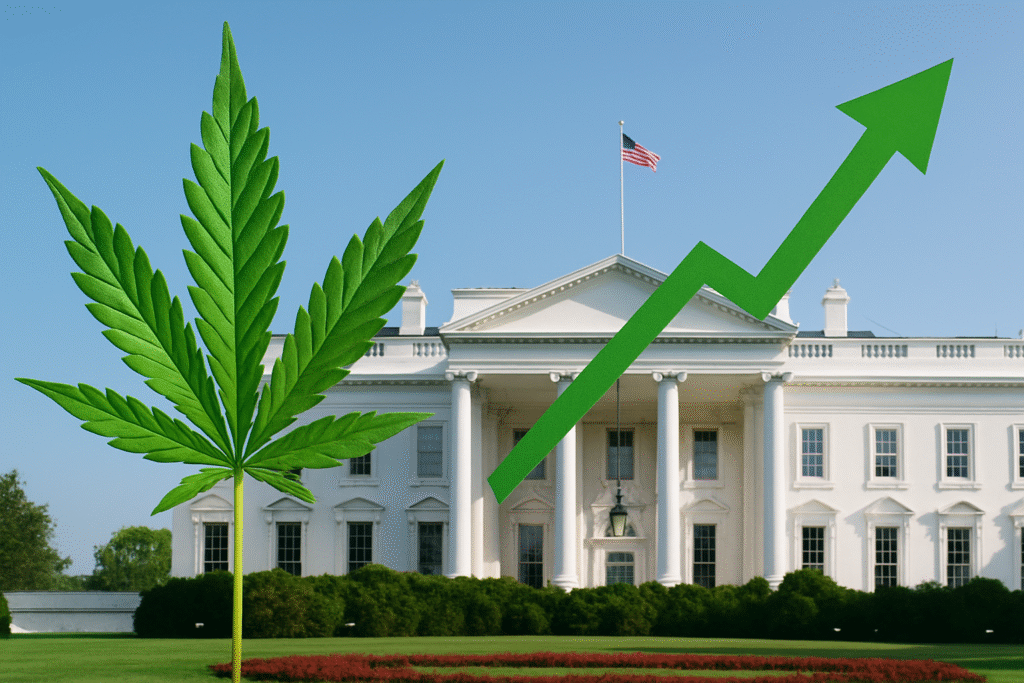The Minerals Crisis America Ignored
When China banned exports of key minerals like gallium, germanium, and antimony to the U.S. in late 2024, Washington finally confronted a reality years in the making: the world’s largest economy depends on its top geopolitical rival for the raw materials that power everything from fighter jets to semiconductors.
China’s dominance didn’t happen overnight. Decades of Western outsourcing, deregulation, and environmental offshoring created the perfect setup for Beijing’s industrial takeover. Today, China controls nearly all global refining of rare earths, lithium, and graphite — while the U.S. struggles to bring new mines online, taking an average of 29 years from discovery to production.
How China Took Control
China’s playbook was deliberate and long-term:
- Overbuild capacity to flood global markets.
- Subsidize producers to undercut Western firms.
- Buy distressed assets and consolidate global supply chains.
By the time the West realized what was happening, China had cornered nearly every link in the mineral chain:
- ~90% of rare earths are processed in China.
- 60%+ of lithium and cobalt refining happens in China.
- 40% of global copper refining, rising to 50% by 2030.
- 85% of graphite anode production — critical for EV batteries — is Chinese-controlled.
Even when mines are developed in the U.S. or allied nations, the ore is often shipped to China for processing before coming back as finished materials.
Why the U.S. Fell Behind
According to the Stanford report, Washington’s response has been “a bureaucratic spaghetti monster” — more than 40 agencies with overlapping or conflicting mandates.
Of the 62 minerals designated “critical” by at least one federal agency, only four appear on every list. This fractured landscape kills coordination and discourages private capital.
Meanwhile, private investors view U.S. mining as high-risk and slow-moving. Permitting delays, inconsistent policies, and China’s ability to manipulate prices make it nearly impossible for Western firms to compete.
Defense contractors face the same issue. The Department of Defense represents less than 5% of global critical mineral demand — too small to shift markets. Most major defense primes continue buying from Chinese-linked supply chains because it’s cheaper and faster.
In one case cited in the report, a top U.S. defense firm traced its titanium supply chain 13 tiers deep — all the way back to Chinese mines. When it reported the finding, it was penalized for delays caused by due diligence.
The Road to Real Resilience
The Stanford researchers outlined three key solutions:
- Regulatory Realignment: Create a unified national strategy under a single authority. Expand Defense Production Act powers and reform tax incentives for domestic production.
- Market Protection: Use tariffs, long-term procurement guarantees, and stockpiling to de-risk U.S. investment and insulate firms from China’s price manipulation.
- Allied Coordination: Align policies with allies through the Minerals Security Partnership and AUKUS, while removing tariffs that undermine cooperation.
Some progress is visible — from Department of Defense funding in MP Materials to new initiatives aimed at expanding rare earth processing on U.S. soil. But these efforts remain piecemeal and reactive.
Why It Matters for Investors
This is not a market glitch — it’s a national security emergency. The U.S. has the geology, capital, and expertise, but lacks coordination. Without reform, America risks fighting tomorrow’s wars with supply chains controlled by its adversaries.
For investors, the policy direction is clear:
- Expect more subsidies, tariffs, and government-backed offtake agreements.
- Watch for opportunities in U.S. and allied critical mineral developers able to navigate permitting and regulatory hurdles.
- Prepare for a decade defined by industrial policy, not free-market orthodoxy.
WSA Take
Washington’s critical minerals failure is the direct result of decades of complacency — outsourcing pollution, cost, and control to Beijing. That era is ending.
The next decade will see a wave of government intervention, reshoring incentives, and state-backed investment as America scrambles to rebuild the supply chains it surrendered. The winners won’t be the lowest-cost producers — they’ll be the strategic survivors aligned with defense, energy, and technology priorities.
Read our recent coverage on AMD’s multibillion-dollar OpenAI partnership.
For more insights, visit Wall Street Access.
Disclaimer
Wall Street Access does not work with or receive compensation from any public companies mentioned. Content is for educational and entertainment purposes only.








